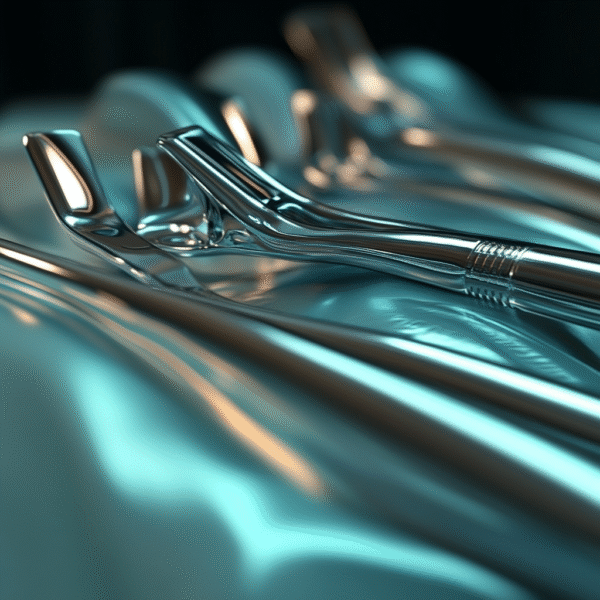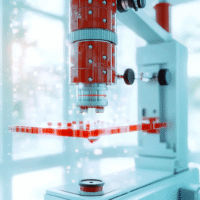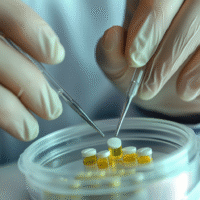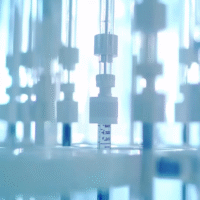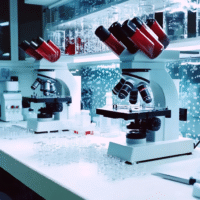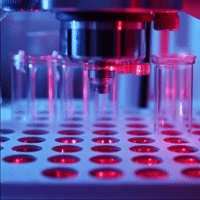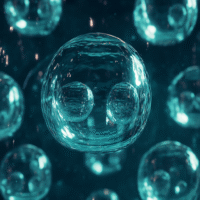Reliability of Impedance Spectroscopy in Occlusal Caries Detection
Key Findings:
The study compared the performance of alternating current impedance spectroscopy (ACIST) with digital radiograph (DR) and ICDAS-II in detecting occlusal carious lesions.
Results showed excellent agreement in the different groups, with ACIST proving to be a reliable tool for detecting occlusal caries in dentin.
Visual-tactile examination was considered a feasible and valid technique for occlusal caries detection.
DR was found to be superior to ACIST in diagnosing enamel caries, but it could underestimate the caries depth.
ACIST had higher sensitivity for dentinal caries detection, while DR had higher specificity.
Practical Solutions and Value:
Clinical trials are crucial for developing safe and effective treatments, and our AI-driven platform, DocSym, consolidates standards and research into an easily accessible knowledge base for clinicians.
Streamlining operations is essential in today’s healthcare environment, and our mobile apps support scheduling, monitoring treatments, and telemedicine, making it easier to manage patient care and expand services digitally.
By using AI, clinics can enhance their workflows, improve patient outcomes, and reduce paper routines. Learn more about how we can help at aidevmd.com.













